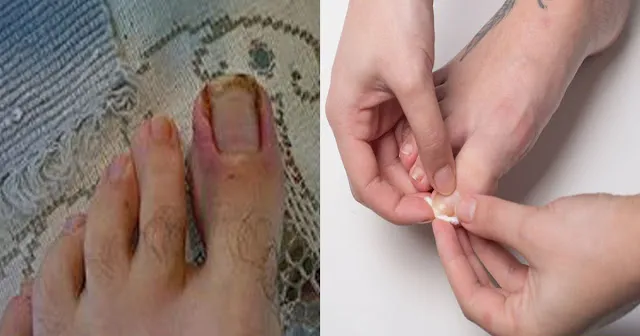
Have you ever wonder what causes your ingrown toenail?
Ingrown toenails most likely occur in your big toe and can be seen occurring in the edges or corners of your nails grow into the skin next to the nail.
You can treat your ingrown toenail yourself at home but be warned that it might cause complications that might require some medical treatment and your risk of complication is higher if you have diabetes or other conditions that cause poor circulation.
How do we get ingrown toenails?
If you cut your toenails incorrectly can trigger ingrown toenails.
Irregular or curved toenails may cause ingrown toenails.
It is essential to keep your proper hygiene from head to toe because improper foot hygiene such as not keeping your feet clean or dry will trigger ingrown toenails.
Toenail injury including stubbing your toe, dropping something heavy on your foot, or kicking a ball repeatedly can also be the reason for your ingrown toenails as well as using your foot extensively during athletic activities.
Symptoms of ingrown toenails.
Early stages symptoms of ingrown toenails.
The skin found next to the nail becomes tender, swollen, or hard.
If you put pressure on your toe you will feel pain.
You will see fluid building up around the toe.
Infected toe symptoms
You will notice red and swollen skin, pain, bleeding, oozing pus, and overgrowth of skin around the toe.
Treatment for ingrown toenails
If your ingrown toenail isn't infected and your toenail hasn't pierced the skin or there is no any sign of infection you could try this method.
Soak your feet in a warm water for about 15-20 minutes for three to four times a day.
Get a cotton ball and soak it with olive oil and push away the skin from the toenail edge with it.
But if you see that your ingrown toenail is infected you will have to seek a doctor immediately and ask for advice on what to do with it and this includes surgical treatment.
Reminder:
The information included in this article is for educational purposes only and not intended/implied to be a substitute for professional medical advice, nor for medical diagnosis or treatment.
The reader assumes full responsibility for how he/she chooses to use this information. Any liability or obligation for loss or damage whatsoever arising is hereby disclaimed.
It is best to consult your doctor for advice.
So what do you think about this article? Let us know your thoughts by simply commenting on the comment section located down below. Thank you for visiting our website.
|| UPVOTE || COMMENT || FOLLOW || RESTEEM